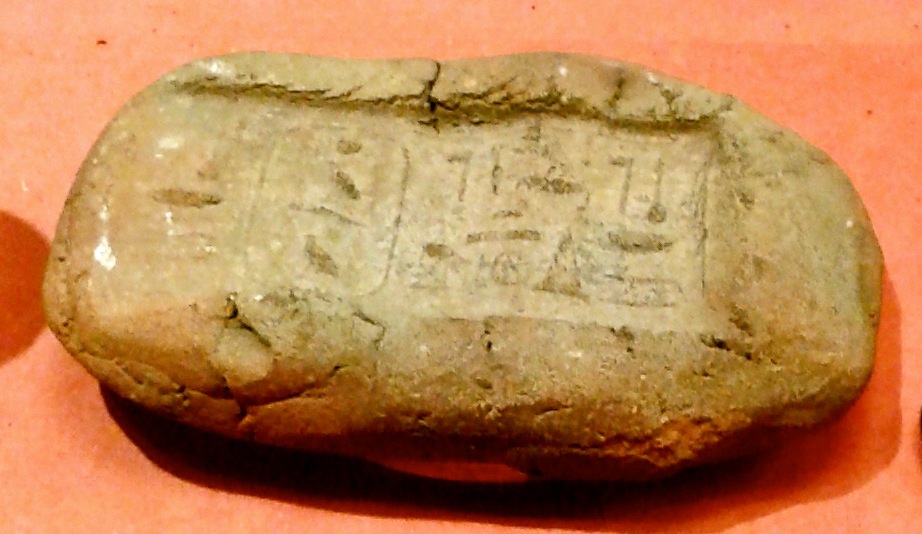
| HOME | GREAT PYRAMID OF GIZA | COLOSSEUM | GREAT WALL OF CHINA | TAJ MAHAL |

The Great Pyramid of Giza (also known as the Pyramid
of Khufu or the Pyramid of Cheops) is the oldest and largest of the
three pyramids in the Giza pyramid complex bordering what is now
El Giza,
Egypt.
It is the oldest of the Seven Wonders of the Ancient World,
and the only one to remain largely intact.
Based on a mark in an interior chamber naming the work
gang and a reference to fourth dynasty Egyptian
Pharaoh Khufu,
Egyptologists
believe that the pyramid was built as a tomb over a 10 to 20-year period
concluding around 2560 BC. Initially at 146.5 metres (481 feet), the Great
Pyramid was the tallest
man-made structure in the world for more than 3,800 years.
Originally, the Great Pyramid was covered by casing stones that formed a smooth
outer surface; what is seen today is the underlying core structure. Some of the
casing stones that once covered the structure can still be seen around the
base. There have been varying scientific and alternative theories about the
Great Pyramid's construction techniques. Most accepted construction hypotheses
are based on the idea that it was built by moving huge stones from a quarry
and dragging and lifting them into place.
There are three known chambers inside the Great Pyramid. The lowest chamber is cut into the bedrock upon which the pyramid was built and was unfinished. The so-called Queen's Chamber and King's Chamber are higher up within the pyramid structure. The main part of the Giza complex is a setting of buildings that included two mortuary temples in honour of Khufu (one close to the pyramid and one near the Nile), three smaller pyramids for Khufu's wives, an even smaller "satellite" pyramid, a raised causeway connecting the two temples, and small mastaba tombs surrounding the pyramid for nobles.
MATERIALS
 CASING STONE | At completion, the Great Pyramid was surfaced by white "casing stones" – slant-faced, but flat-topped, blocks of highly polished white limestone. These were carefully cut to what is approximately a face slope with a seked of 5½ palms to give the required dimensions. Visibly, all that remains is the underlying stepped core structure seen today. In AD 1303, a massive earthquake loosened many of the outer casing stones, which were then carted away by Bahri Sultan An-Nasir Nasir-ad-Din al-Hasan in 1356 to build mosques and fortresses in nearby Cairo. Many more casing stones were removed from the great pyramids by Muhammad Ali Pasha in the early 19th century to build the upper portion of his Alabaster Mosque in Cairo not far from Giza. These limestone casings can still be seen as parts of these structures. Later explorers reported massive piles of rubble at the base of the pyramids left over from the continuing collapse of the casing stones, which were subsequently cleared away during continuing excavations of the site. Nevertheless, a few of the casing stones from the lowest course can be seen to this day in situ around the base of the Great Pyramid, and display the same workmanship and precision that has been reported for centuries. Petrie also found a different orientation in the core and in the casing measuring 193 centimetres ± 25 centimetres. He suggested a redetermination of north was made after the construction of the core, but a mistake was made, and the casing was built with a different orientation. Petrie related the precision of the casing stones as to being "equal to opticians' work of the present day, but on a scale of acres" and "to place such stones in exact contact would be careful work; but to do so with cement in the joints seems almost impossible". It has been suggested it was the mortar (Petrie's "cement") that made this seemingly impossible task possible, providing a level bed, which enabled the masons to set the stones exactly. |
 CLAY SEAL | Many alternative, often contradictory, theories have
been proposed regarding the pyramid's construction techniques.Many disagree on whether the blocks
were dragged, lifted, or even rolled into place. The Greeks believed that slave labour was used, but
modern discoveries made at nearby workers' camps associated with construction
at Giza suggest that it was built instead by tens of thousands of skilled
workers. Verner posited that the labour was organized into a hierarchy, consisting of two gangs of
100,000 men, divided into five zaa or phyle of 20,000 men each,
which may have been further divided according to the skills of the workers. One mystery of the pyramid's construction is its
planning. John Romer
suggests that they used the same method that had been used for earlier and
later constructions, laying out parts of the plan on the ground at a 1-to-1
scale. He writes that "such a working diagram would also serve to generate
the architecture of the pyramid with precision unmatched by any other
means". He also argues for a 14-year time span
for its construction. A modern construction management study, in association with Mark Lehner and other Egyptologists, estimated that the total project required an average workforce of 14,567 people and a peak workforce of 40,000. Without the use of pulleys, wheels, or iron tools, they used critical path analysis to suggest that the Great Pyramid was completed from start to finish in approximately 10 years. |